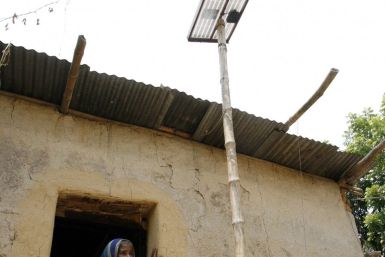Two energy blasts from the sun are causing "tsunamis in space."
Sky-watchers and astronomers may witness a spectacular display of natural lights on Friday caused by the strong solar flare that occurred on Aug 2, 2011.
A series of solar flares that erupted in the Sun over the last three days are heading towards Earth and could disrupt power grids and satellites.
NASA's Juno spacecraft will explore the magnetic field of Jupiter.
A NASA satellite caught a stunning video of an enormous plasma twister rising from the sun's surface on July 12.
One of the biggest questions that scientists usually face is why the sun's corona is so hot. Well, thanks to a new research, it seems that scientists are now one step closer to unearth the mystery.
Solar investors should brace themselves for some downright dreadful second-quarter earnings reports in the coming weeks, though the rest of the year may provide some relief to battered solar stocks as panel prices stabilize and profit margins recover.
Scientists have taken a step closer to identifying the power source for the extremely hot corona of the sun and the high speed of the solar wind.
Two California companies have partnered to sell solar-powered chargers compatible with all new electric vehicles.
One of the biggest questions physicists usually face is why the sun's corona -- its outer atmosphere -- is so hot, but it seems the latest research may bring them one step closer to solving the mystery.
NASA's Dawn spacecraft on Saturday has entered orbit around Asteroid Vesta to begin a year-long study of the second-most-massive object in the asteroid belt after the dwarf planet Ceres.
For the first time ever,researchers at the Solar and Heliospheric Observatory (SOHO) has captured pictures and a 20-minute movie of a sun-grazing comet streaking directly in front of the sun.
Germany based solar panel technology leader Q-Cells SE scored its fourth world record for solar cells and modules this year by breaching the 18% level for yields in solar panel modules. But despite of this success it was removed from the PPVX share index a renown German magazine of the solar sector after Goldman Sachs and HSBC both gave bad grades in their reports.
The companies whose shares are moving in pre-market trade on Thursday are: Royal of Bank Scotland Group, Celestica, JA Solar Holdings, GT Solar International, Dendreon, Hess Corp, TJX Companies, Transocean, Allegheny Technologies and Centurylink.
NASA has released some rare unseen pictures of the Sun from a new satellite designed to predict disruptive solar storms.
NASA's Voyager 1 spacecraft is about to leave the sun's territory to enter the inter-stellar space. NASA's twin spacecrafts Voyager 1 and Cassini reached edge of the solar system sooner than expected which means the boundary of solar system is smaller than what scientists had earlier speculated. Voyager 1's exit is expected to give astrophysicists new data accounts of life outside the solar system.
Scientists who analyzed the images of Comet Hartley 2, which was collected by the Deep Impact spacecraft in a comet flyby last year, are puzzled over some quirky features of the little comet. It has been found that Comet Hartley 2 spews out more material than a comet just under a mile wide is expected to, space.com has reported. While comets usually rotate slowly in one direction, Hartley 2 spins rapidly as it tumbles.
Photos taken by the Deep Impact spacecraft have revealed an unusually hyperactive little comet, called Hartley 2, which spews inordinately high amounts of dry ice and carbon dioxide into space. For scientists, the new images from Deep Impact's comet flyby have come across as weird and strange. The comet behaves mysteriously --it spews out more water and dry ice than any other comet of its size, and it spins rapidly as it tumbles while most other comets rotate slowly in one direction.
Scientist from the University of Oxford and an international team has discovered 10 new planets outside our solar system.
The lunar eclipse on June 15 put all skygazers on awe and wonder as they have witnessed an event of their lifetime.
Skygazers on June 15 were treated with an event of their lifetime, In what, astronomers term as a spectacular show, the white moon turned blood red as the longest lunar eclipse in a decade unfolded Wednesday night.
Bangladeshi households using solar power for producing their own electricity has crossed the one million mark up from 5,000 households in 2002.




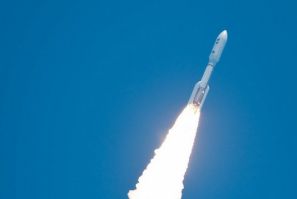




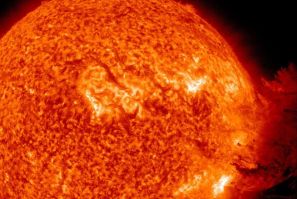



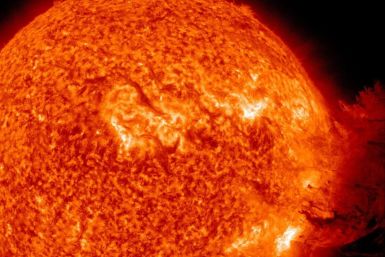
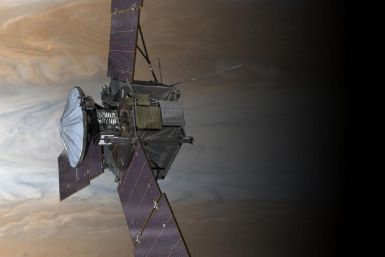


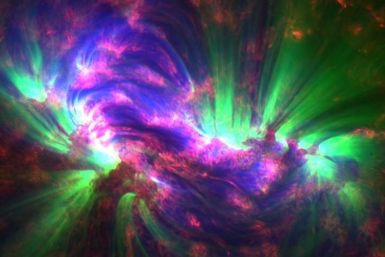
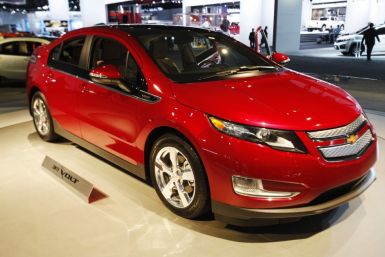
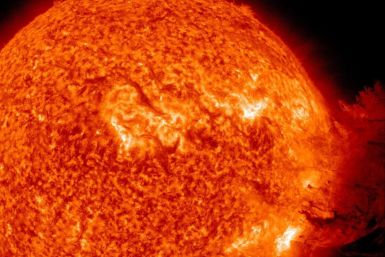
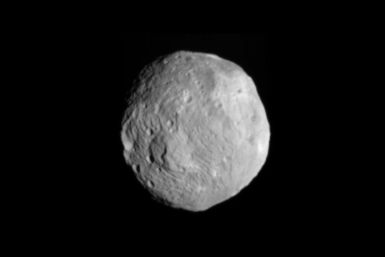

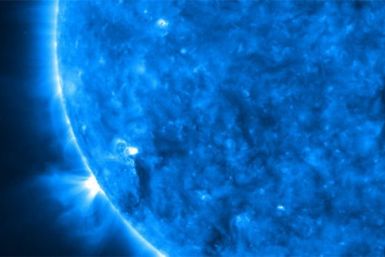
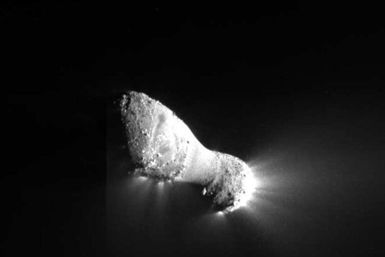
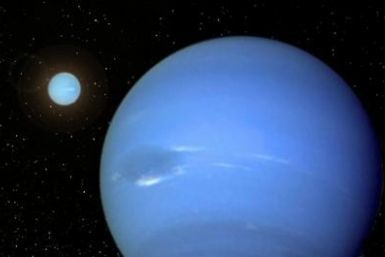
![Lunar Eclipse on June 15: the most beautiful and historical blood moon stars worldwide [PHOTOS]](https://d.ibtimes.com/en/full/33839/lunar-eclipse-june-15-most-beautiful-historical-blood-moon-stars-worldwide-photos.jpg?w=385&h=257&f=a94fd0e6c54c28099e793aa6b7a61937)
![Lunar Eclipse on June 15: the most beautiful and historical blood moon stars worldwide [PHOTOS]](https://d.ibtimes.com/en/full/33837/lunar-eclipse-june-15-most-beautiful-historical-blood-moon-stars-worldwide-photos.jpg?w=385&h=257&f=160b091b8dde6616217ffea985989f44)
